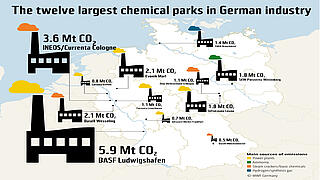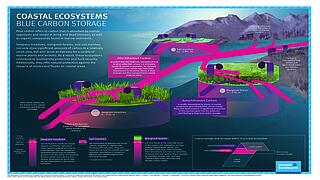The extraction, processing and use of natural resources negatively impact people and the environment in a multitude of ways – from poor workplace health and safety to landscape degradation and soil and water pollution. The EU and the German government have therefore adopted action programmes setting out their commitments to sustainable resource use. At present, the legal framework is strongly influenced by the EU’s circular economy and product law. Comprehensive resource conservation legislation that would have a broader steering effect in relation to the climate and resource efficiency is currently absent at both the European and the national level.
The Oeko-Institut presented legal analyses making the case for comprehensive federal legislation on resource conservation back in 2013. In addition to this theoretical research, the experts develop and assess legal mechanisms aimed at closing substance cycles. They also investigate economic mechanisms such as taxes, surcharges and quotas aimed at improving the use of secondary raw materials, and examine the options available in regulatory law. They develop incentive schemes for resource conservation measures such as extensions of product service life, and put forward proposals on the adoption of effective instruments under international law to support sustainable resource extraction and processing.













